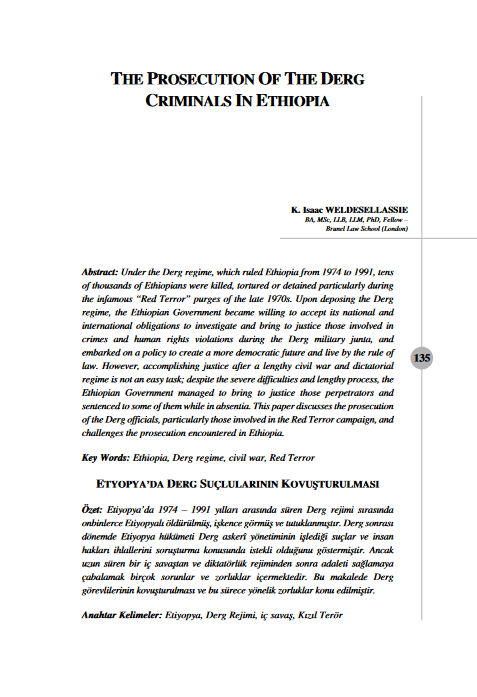NY Times, 28 June 2017
Two Taliban groups that recently switched allegiance to the Islamic State have overrun an embattled district in northern Afghanistan, killing at least 10 government fighters and a large number of civilians, according to Afghan officials in the area.
In addition, government officials accuse the Islamic State fighters of being responsible for the deaths of 15 medical patients, but it was not immediately clear if they had died from their wounds or if they had been executed by the Islamic State, also known as ISIS or ISIL.
The events represent a new front for the extremist group, which is opposed by the Taliban as well as by the government and has not previously had significant successes in northern Afghanistan.
The attack took place in the district of Darzab, in the southwest of Jowzjan Province, a remote area that has long seesawed between government and Taliban control, with local warlords switching allegiances frequently. Fighters loyal to the country’s exiled vice president and warlord, Gen. Abdul Rashid Dostum, have also played a role.
Last week, Islamic State fighters overran all of Darzab, according to the acting district governor, Baz Mohammad Dawar. Government officials were able to regain control of the district’s center, but not most of the rest of the territory; 10 police officers or soldiers were killed in the fight, he said.
With the district’s clinic under Islamic State control, 15 patients were evacuated to the capital of Jowzjan Province, Sheberghan, but they died en route, Afghan officials said.
Mohammad Reza Ghafori, the spokesman for the provincial governor, said that Islamic State fighters had destroyed the 50-bed clinic, forcing the patients to flee.
Mr. Dawar said he thought the patients had died of their injuries on the rugged journey because of a lack of medical staff members in the area. Other officials said it seemed likely that the fighters, who controlled the area the patients had to travel through, had killed them.
In the village of Betaw in Darzab, Islamic State militants killed seven local police officers and 15 civilians, according to a local elder, and threatened to kill anyone who held funeral ceremonies for them. Some held them anyway.
“We live in a state of fear,” the elder said by telephone. “All of us who participated in the funeral are now scared that ISIS will attack and kill us.” The elder spoke on the condition of anonymity because he feared retaliation by militants. It was not clear if the seven police officers were counted among the 10 cited by the governor, or if they were additional casualties.
You agree to receive occasional updates and special offers for The New York Times's products and services.
“ISIS is more powerful than the Taliban were in Darzab because their fighters are brave,” said Hajji Obaidullah, the former police chief of the district. He and other local officials said that two former Taliban commanders, Qari Hikmat and Mufti Nemat, had combined forces and switched their allegiance to the Islamic State in recent months. He said the government had rushed in hundreds of reinforcements, in the form of police officers and soldiers from other areas, to keep the district center from falling to insurgents.
“There is no Taliban in Darzab now, but only ISIS,” said Halima Sadaf, a member of the Jowzjan Provincial Council, who is from Darzab.
“They took over the district before Eid al-Fitr,” she said, referring to the holiday signifying the end of Ramadan that began on Sunday.
“But Afghan national security forces pushed them out of the capital of the district; the rest of the district is all with them,” she added. “They are strong and regrouping to launch another offensive.”
One of the Islamic State commanders, Mufti Nemat, was persuaded last year to quit the Taliban and join the government side after a heavily publicized intervention by General Dostum, the first vice president. Mufti Nemat was previously a religious teacher in General Dostum’s home village. He later accused the government and General Dostum of reneging on promises made to him, announcing that he was joining forces with Qari Hikmat and would support the Islamic State.
Spokesmen for General Dostum and for the Taliban both confirmed that Mr. Nemat had left the Taliban, joined General Dostum’s side, but then gone over to the ISIS camp. “Nemat is a threat for the government. He knows the Darzab District and the area very well; he is a very dangerous guy,” said Enayatullah Babur Farahmand, General Dostum’s chief of staff. He blamed government inaction for alienating Mr. Nemat.
Zabihullah Mujahid, a Taliban spokesman who was reached via WhatsApp, said both local leaders who had joined ISIS had been rejected by the Taliban. Qari Hikmat, Mr. Mujahid said, had been sentenced to prison by the Taliban on corruption charges but he escaped and joined ISIS.
The Islamic State in Khorasan, as the group is known in Afghanistan, has generally been active only in the eastern province of Nangarhar, where fighters are locked in a struggle with the government as well as with local Taliban forces. Taking a district elsewhere in the country would be a significant advance for the group.
No comments yet.
- EBRD SUPPORTS INCLUSIVE ECONOMIC DEVELOPMENT IN KAZAKHSTAN’S REMOTE REGIONS Asia - Pacific 29.06.2017
- NATO READY TO HIT BACK IN CYBER WAR, CHIEF TELLS EURONEWS Europe - EU 29.06.2017
- “THE SOUTHERN GAS CORRIDOR IS THE ONLY NEW SOURCE OF GAS SUPPLIES TO EUROPE” The Caucasus and Turkish-Armenian Relations 29.06.2017
- MINISTER OF FOREIGN TRADE AND ECONOMIC RELATIONS MET WITH THE RUSSIAN AMBASSADOR The Balkans 29.06.2017
- ARMENIA CONCERNED OVER RUSSIA’S SELLING WEAPONS TO AZERBAIJAN The Caucasus and Turkish-Armenian Relations 29.06.2017
-
25.01.2016
THE ARMENIAN QUESTION - BASIC KNOWLEDGE AND DOCUMENTATION -
12.06.2024
THE TRUTH WILL OUT -
27.03.2023
RADİKAL ERMENİ UNSURLARCA GERÇEKLEŞTİRİLEN MEZALİMLER VE VANDALİZM -
17.03.2023
PATRIOTISM PERVERTED -
23.02.2023
MEN ARE LIKE THAT -
03.02.2023
BAKÜ-TİFLİS-CEYHAN BORU HATTININ YAŞANAN TARİHİ -
16.12.2022
INTERNATIONAL SCHOLARS ON THE EVENTS OF 1915 -
07.12.2022
FAKE PHOTOS AND THE ARMENIAN PROPAGANDA -
07.12.2022
ERMENİ PROPAGANDASI VE SAHTE RESİMLER -
01.01.2022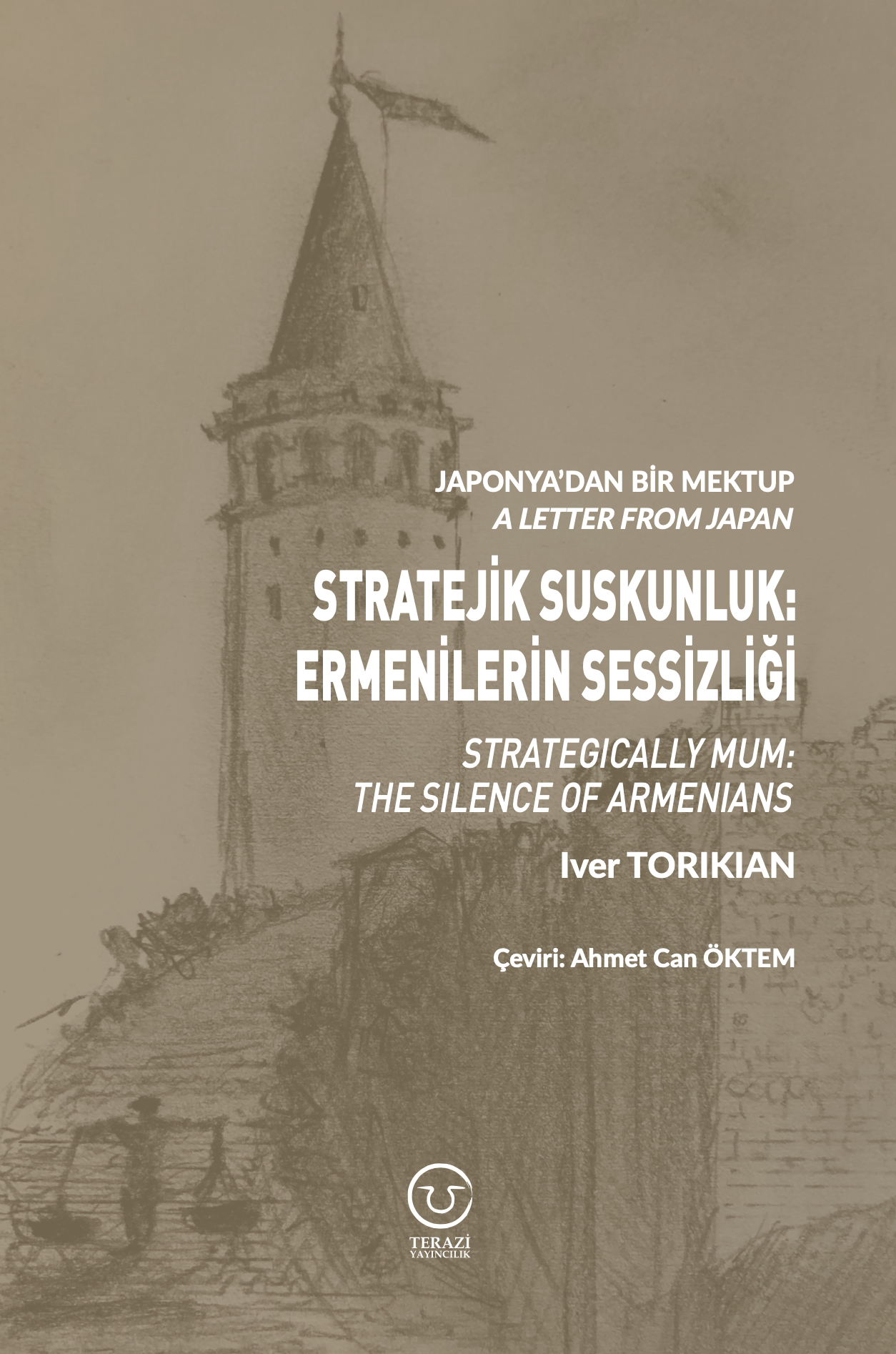
A Letter From Japan - Strategically Mum: The Silence of the Armenians -
01.01.2022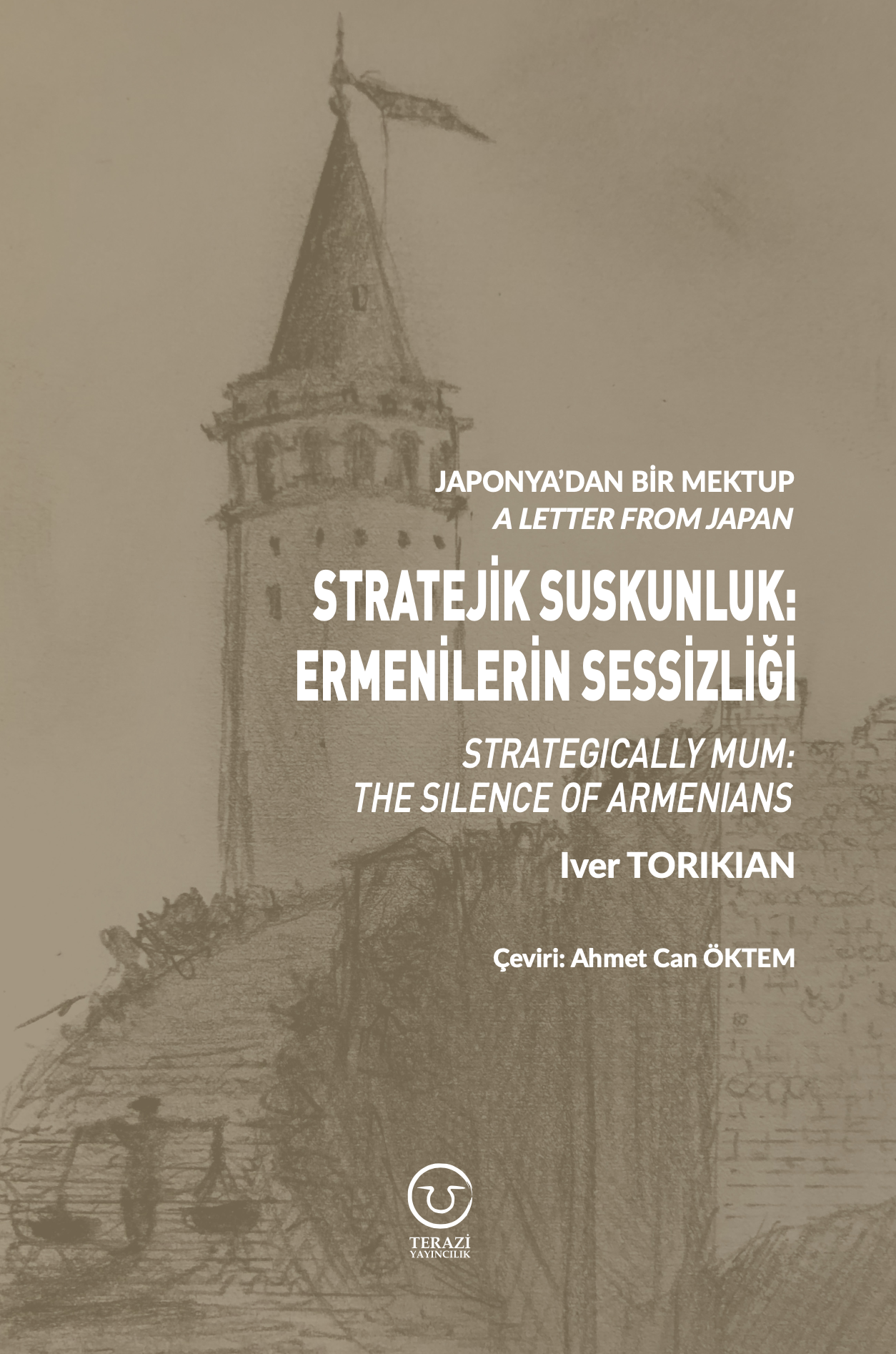
Japonya'dan Bir Mektup - Stratejik Suskunluk: Ermenilerin Sessizliği -
03.06.2020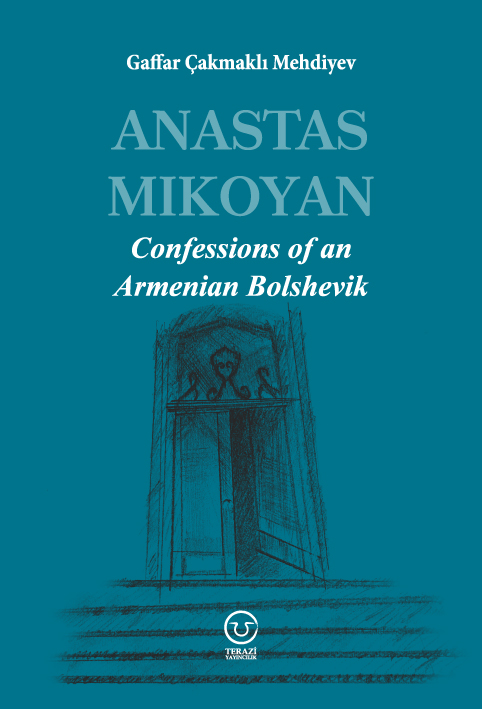
Anastas Mikoyan: Confessions of an Armenian Bolshevik -
08.04.2020
Sovyet Sonrası Ukrayna’da Devlet, Toplum ve Siyaset - Değişen Dinamikler, Dönüşen Kimlikler -
12.06.2018
Ermeni Sorunuyla İlgili İngiliz Belgeleri (1912-1923) - British Documents on Armenian Question (1912-1923) -
02.12.2016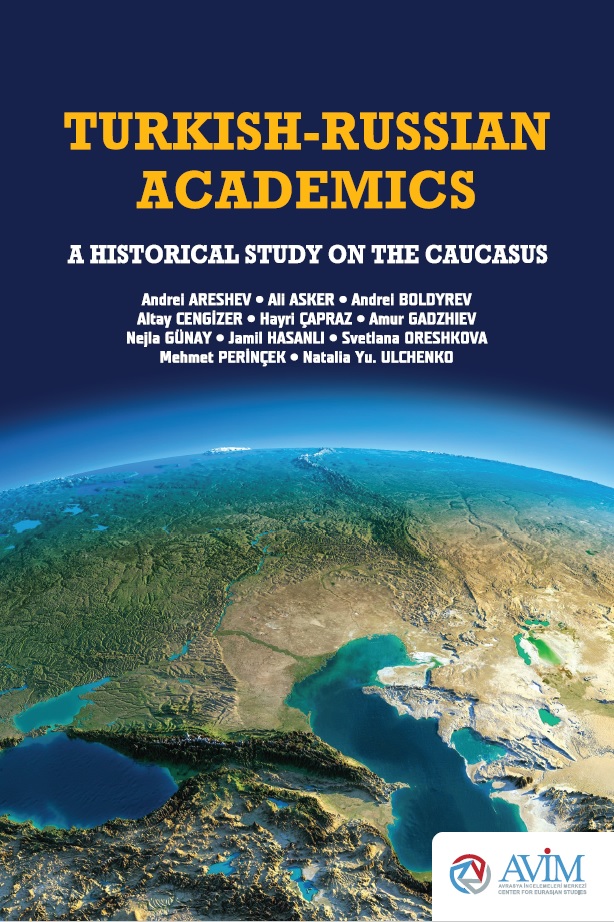
Turkish-Russian Academics: A Historical Study on the Caucasus -
01.07.2016
Gürcistan'daki Müslüman Topluluklar: Azınlık Hakları, Kimlik, Siyaset -
10.03.2016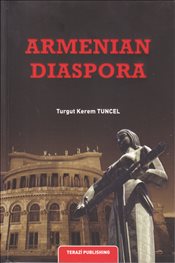
Armenian Diaspora: Diaspora, State and the Imagination of the Republic of Armenia -
24.01.2016
ERMENİ SORUNU - TEMEL BİLGİ VE BELGELER (2. BASKI)
-
AVİM Conference Hall 24.01.2023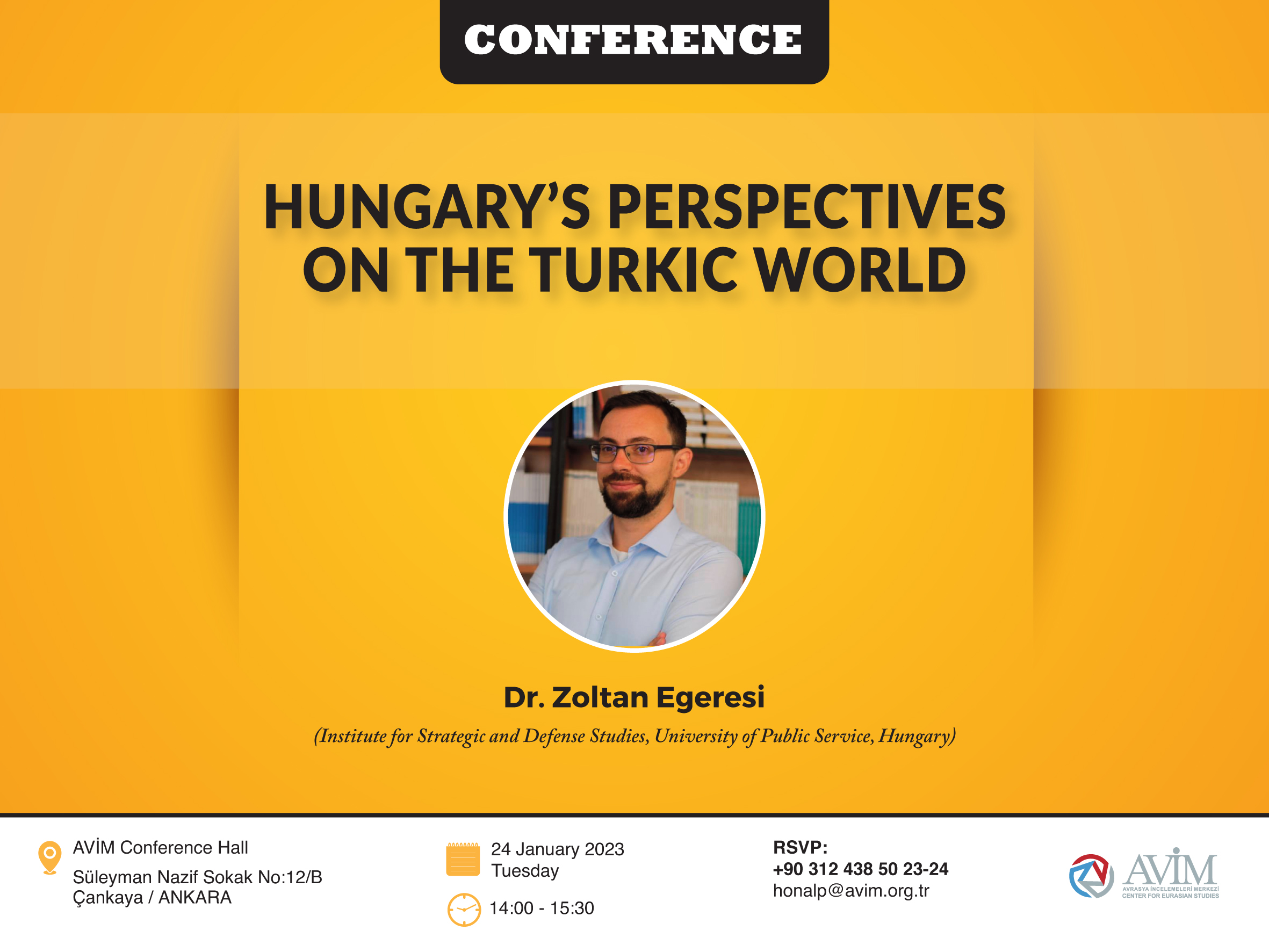
CONFERENCE TITLED “HUNGARY’S PERSPECTIVES ON THE TURKIC WORLD"








